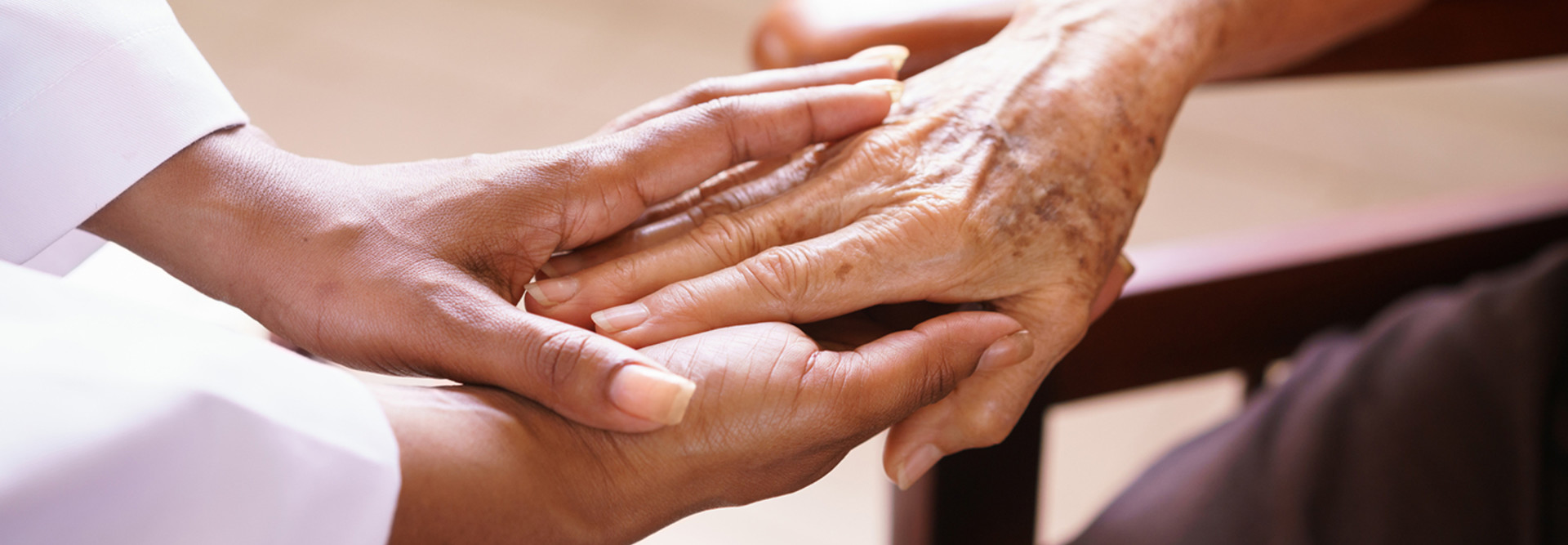5 Lessons Senior Care Can Learn from Hospitals and Health Systems
There’s a goal among care providers to adopt a single voice and vision of what healthcare could be, but achieving that aim starts with gaining better understanding of each other.
My perspective on healthcare comes through the lens of senior care. At the moment, it’s undergoing growing pains and immeasurable change as it evolves. From the uptick in baby boomers to increasing pressures to capture data and justify care to technology adoption itself, senior care often looks toward those in healthcare that have navigated these waters before.
Faced with the pressures of growing regulation and accountability, hospitals, acute care clinics and broad health systems have begun to crack the code on harnessing technology for the trifecta of better care outcomes, lower costs and strengthened security. So what lessons can senior care learn from them?
1. Make the Most of the Point of Care
Senior care has a great opportunity to learn from acute care’s challenges and triumphs with technology at the point of care, from data capture and access to communication and education for patients. Acute care providers’ innovative approach for deploying electronic health records effectively serves as a model to senior care organizations looking to integrate data sharing and communication.
2. Be Responsive to Consumer Demand
The digital patient is here, as is the consumerization of healthcare. Are you a patient or are you a consumer? Sound familiar? The broader healthcare space has been smart to recognize and respond to the changing expectations of patients and the growing power patients have in asserting their wants, especially when it comes to integrating technology into their care and care communications. You see this in wearables, remote monitoring, patient portals, the surge in telehealth and more. Senior care should look to this receptiveness and embrace the evolution of today’s residents and their families and what they’re looking for from their senior care community.
3. Improve Integration and Collaboration
The pressure is on for healthcare to achieve a true continuum of care and better communicate so medical errors and oversights don’t happen. It’s becoming essential to be able to collaborate across providers and across different health organizations. Hospitals and the acute care space have done a good job so far of implementing technology for effective use to increase clinical collaboration, embracing mobility and incorporating it into their overall care workflow.
4. Show the ROI of Tech Adoption
Healthcare systems have a more definitive understanding now of the true financial and care benefits shown through technology adoption. They are beginning to have greater support for the technology spend because it is improving care, and they have the data to prove it. Senior care is on the brink of being able to measure and justify the technology investment. It has the opportunity to leverage the approach taken by healthcare systems.
5. Extend Care into the Home with Telehealth
People would often prefer to take care of their health from the comfort of their home. And with telehealth, remote monitoring and secure communication, this has become possible. Because hospitals are being held accountable for care, they have begun to break into this space, with a number of recent studies around management of chronic conditions and using technology at home to prevent readmissions and improve care. As senior care facilities hope to do the same, they can look to what has already been effective.









